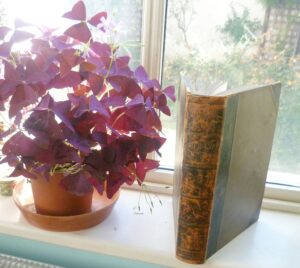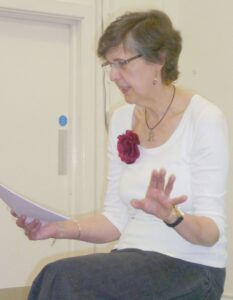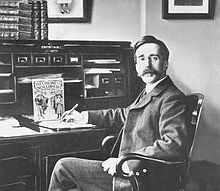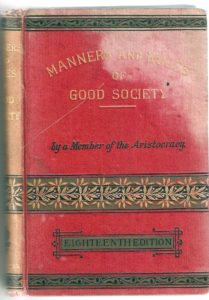The Strand Magazine (1891-1950) was one of the most popular magazines of the late Victorian Age; it came out monthly and I have my Great-Grandfather’s copy of the first hardback edition of The Strand Magazine, Jan-June, 1891. It contained short stories, some translated from foreign languages; e.g. Russian (A. Pushkin); and French (Victor Hugo), together with articles of general interest. It was fully illustrated and targeted a middle-brow, middle-class readership; with something for everyone. The list of authors who wrote for The Strand Magazine was impressive and included Agatha Christie, Rudyard Kipling, and P. G Wodehouse. Arthur Conan Doyle’s Sherlock Holmes stories were serialized in The Strand Magazine, where Sidney Paget’s illustrations defined what Holmes looked like so perfectly that it’s now impossible to visualize him any other way. The magazine was phenomenally successful and, until the Second World War, it regularly sold 500,000 copies a month.

Strand Magazine bound copy January-June 1891
Continue reading The Strand Magazine: child acrobats and stage dancers
Please share this page...








